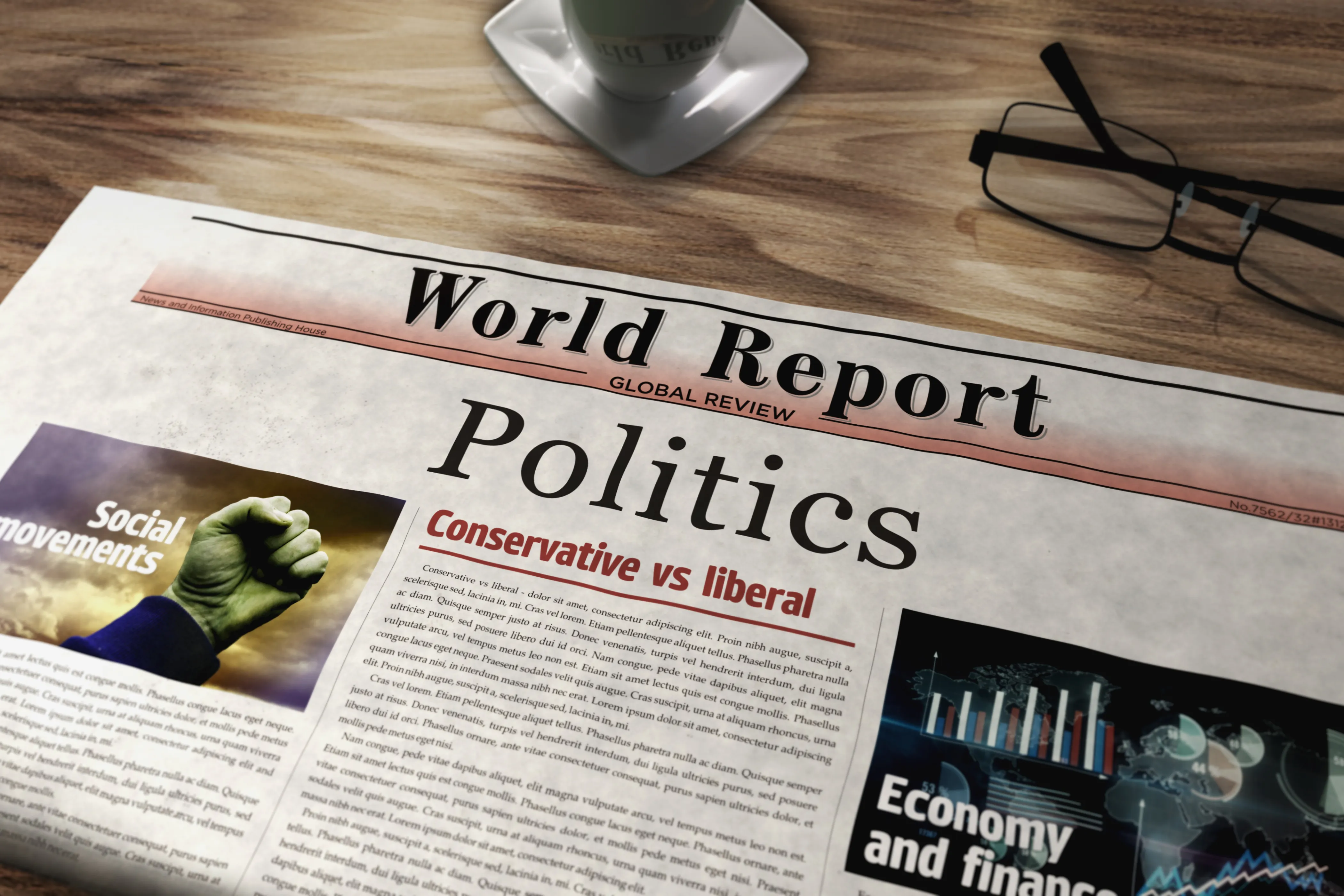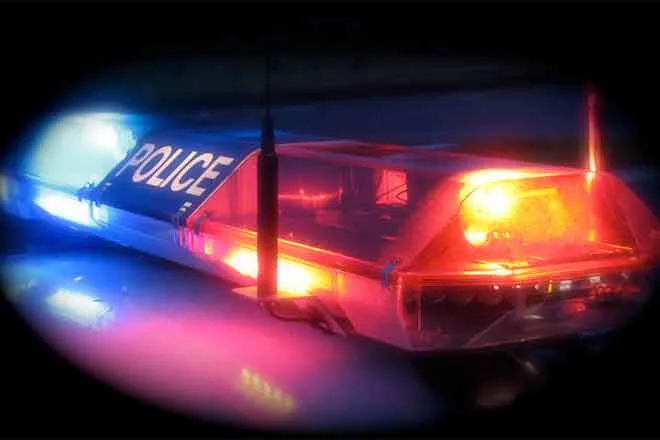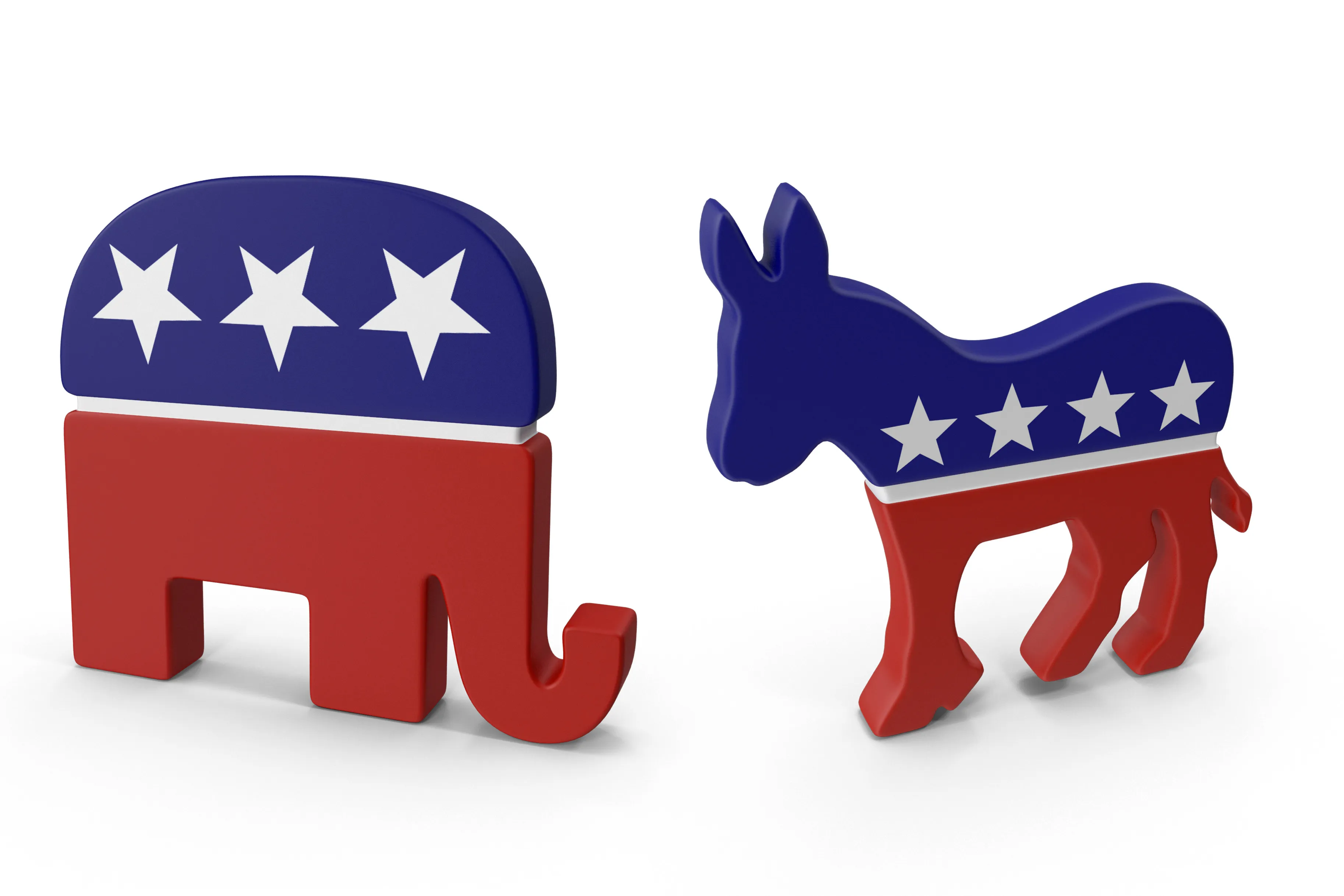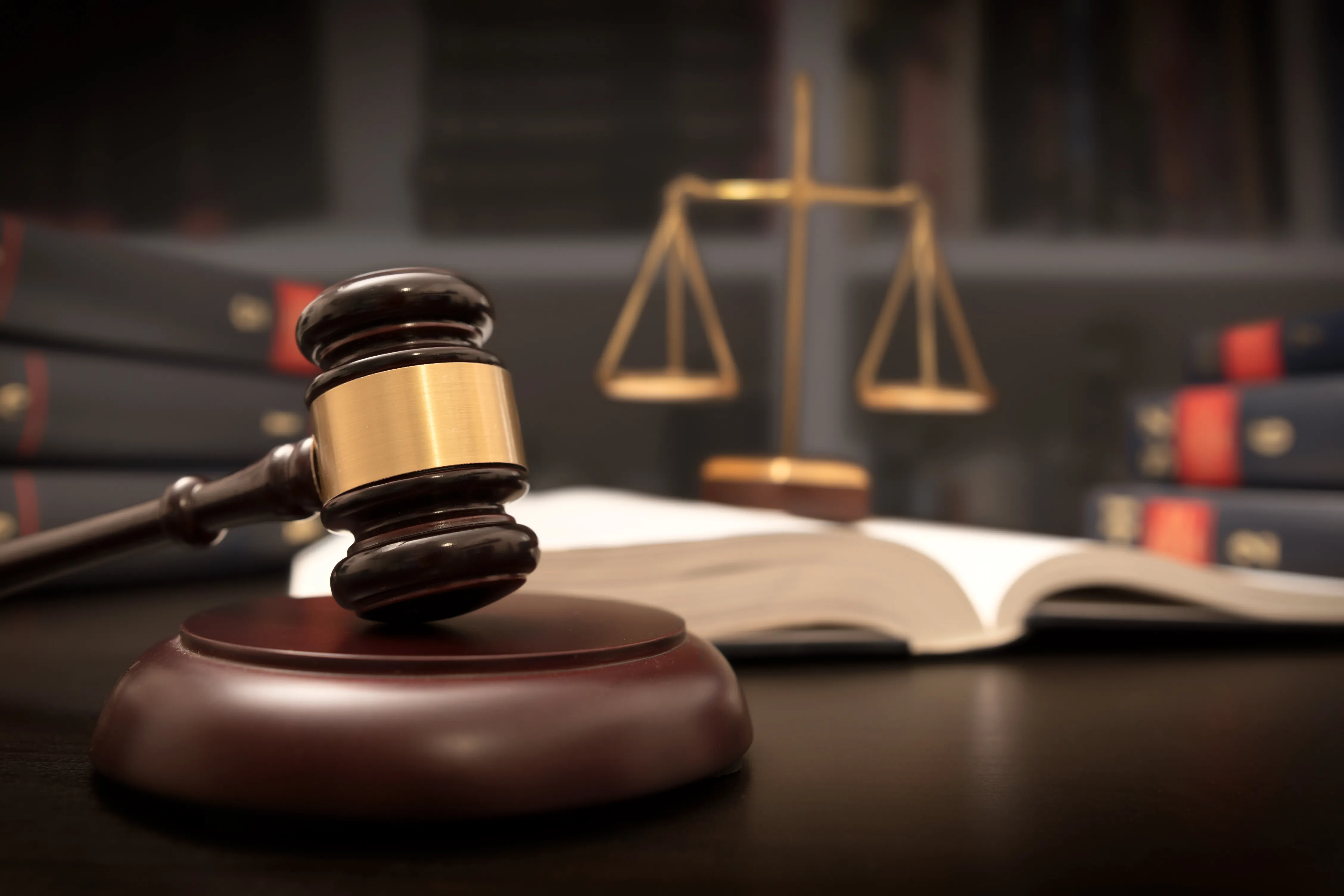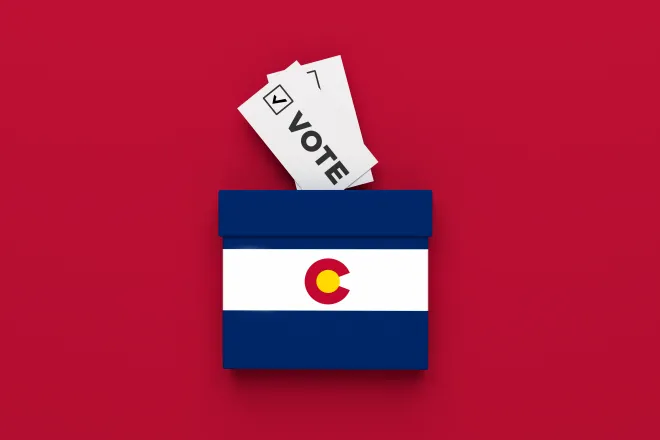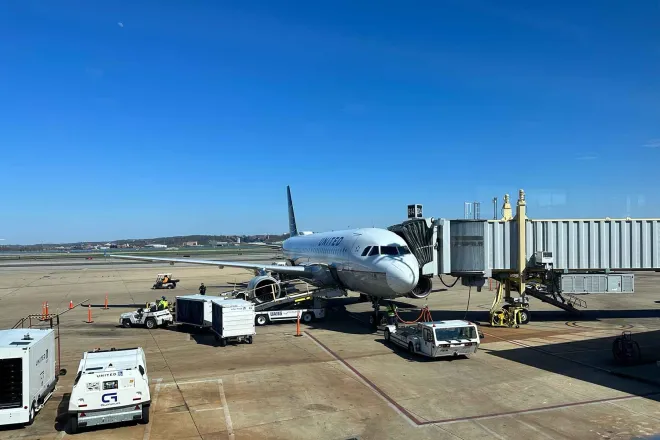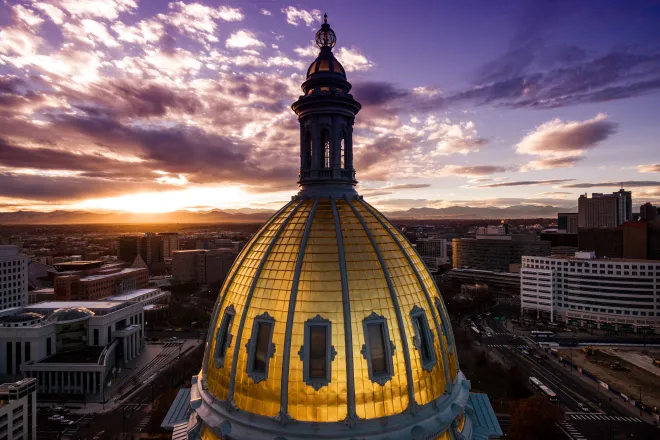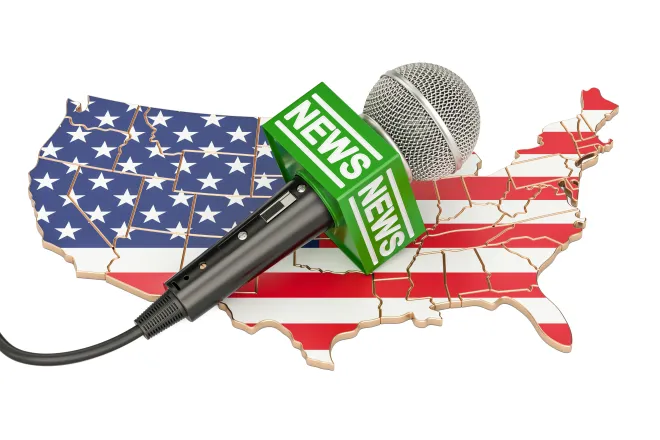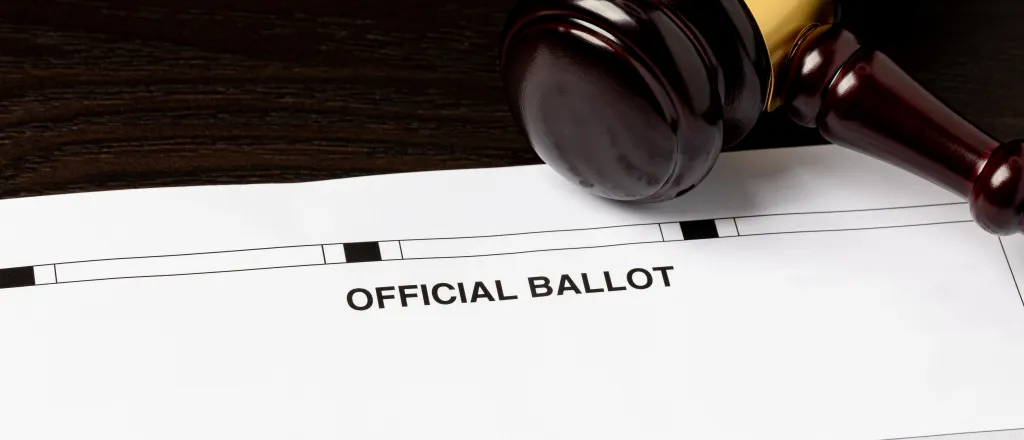
Will new Texas voting map be used next year? 3-judge panel to decide
© JJ Gouin - iStock-2074087177
Click play to listen to this article.
Testimony continues in El Paso this week in the Texas redistricting trial.
A three-judge federal panel will decide if the new congressional map, drawn in a special session this year, should be in place for the 2026 midterm elections. Plaintiffs in the case said the new boundaries violate the U.S. Constitution by discriminating against minority voters. But Republicans countered they redrew lines for partisan reasons.
Cal Jillson, professor of political science at Southern Methodist University, said since Black people largely vote Democrat, it could be hard for the justices to decide.
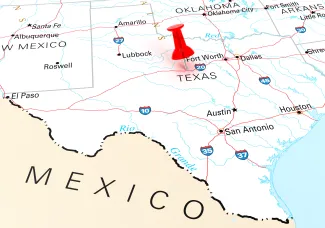
"You can say - as a Republican - I’m drawing district boundaries to advantage the Republican Party and disadvantage my opponent, the Democrat, and still be disadvantaging virtually all Blacks," Jillson explained. "That overlap, by race, with partisanship makes it difficult for courts."
Plaintiffs in the case said the new congressional map packs minority voters into largely Republican districts and spaces others out into rural areas. The map creates five new GOP-opportunity districts.
The lawsuit was filed by LULAC, the NAACP, the Mexican American Legal Defense and Educational Fund, and the Mexican American Legislative Caucus. Jillson acknowledged Republicans could have the upper hand.
"They can say President Trump asked Governor Abbott to redistrict to give him five new Republican seats in Congress; that’s what we did," Jillson noted. "The Democrats have to say, 'Yeah, that’s what you did, but you also, unconstitutionally, disadvantaged minorities in the process.'"
Testimony will continue through Friday. It is not known when the justices will make their ruling.



